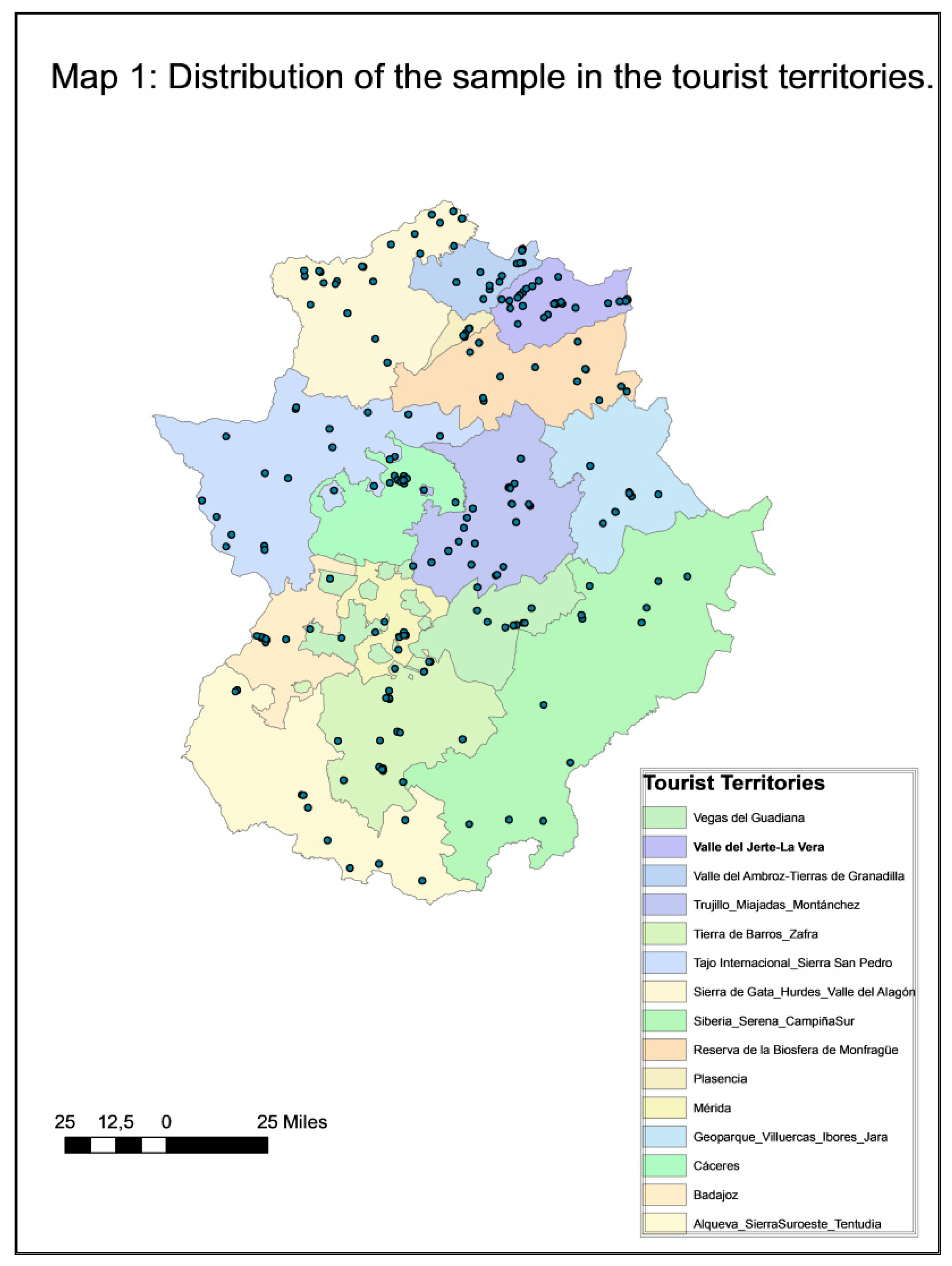

To edit the joined data, you must first add the joined tables or layers to ArcMap. When editing joined data, you cannot edit the joined columns directly. You could summarize the county data by state-for instance, finding the average rainfall for all counties within a state-then join the newly created output table to a state layer to create a weather map of rainfall by state. You can create various summary statistics including count, average, sum, minimum, and maximum.įor example, suppose you want to create weather maps by state instead of county, but the weather information you have is organized by county. When you summarize a table, ArcMap creates a new table containing summary statistics derived from your table. Learn more about joining and relating tables Summarizing your data before joining itĭepending on how your data is organized, you may have to start by summarizing the data in your table before you join it to a layer. The following is a joined table with only the field alias showing:

The following is a joined table with the field names prefixed with the table name: When this option is on, a check mark is displayed beside it on the Options menu, and your fields are not prefixed with the table name.
#Title case arcgis 10.3 full
If you do not want to see the full field names like that, click the Table window's Table Options button and click Show Field Aliases to toggle this option on or off. This naming convention helps prevent duplicate field names when the target table and a join table have common field names. In most cases, appended columns are named. Symbology or labeling that is based on an appended column is returned to a default state when the join is removed. When a join table is removed, all data from tables that were joined after it is also removed, but data from previously joined tables remains. Several tables or layers can be joined to a single table or layer, and relationship class joins can be mixed with attribute joins. You will only see join by relationship class listed if you are joining geodatabase data for which a relationship class has already been defined in the geodatabase.

You can choose to define the join based on either attributes or a predefined geodatabase relationship class or by location (also referred to as a spatial join). Joining data is typically used to append the fields of one table to those of another through an attribute or field common to both tables.

#Title case arcgis 10.3 zip
Once you are on the website you will be able to download data via a compressed zip folder. There are various websites that have data to use in ArcGIS, however I will lead you into one particular site for this tutorial: This website was developed by the Iowa Department of Natural Resources, and is a Natural Resource GIS Library with a plethora of GIS data pertaining to the state of Iowa. Without gathering any data, a map in ArcGIS would be nothing so it is very important to find good data.


 0 kommentar(er)
0 kommentar(er)
